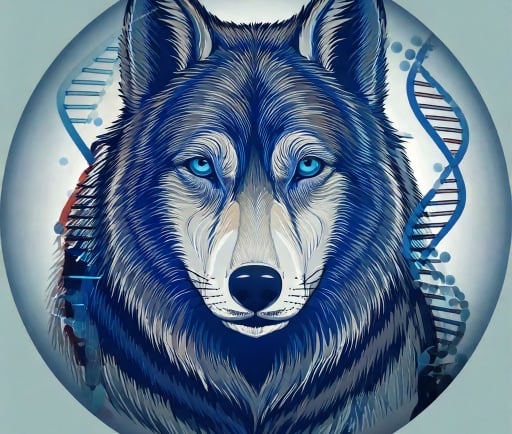Reviving the Past: The Science Behind Engineered Animals


The Science of Genetic Engineering
The marvels of modern science have led to groundbreaking innovations, particularly in the field of genetic engineering. Scientists have discovered ways to alter DNA sequences by incorporating essential traits of extinct animals into the DNA of modern counterparts. This intriguing process not only offers the potential to understand extinct species better but also aims to resurrect vital features that have been lost to time.
Colossal's Dire Wolves: A Modern Marvel
One of the most fascinating applications of this technology is evident in Colossal's creation of the dire wolf. By engineering the DNA of gray wolves, scientists have cleverly integrated approximately 20 handpicked genes from the ancient dire wolf. This meticulous blending of genetic material re-establishes key characteristics once associated with this majestic species.
The Implications of Reviving Extinct Species
The revival of extinct animals, such as the dire wolf, raises profound questions about ecology, biodiversity, and ethical considerations surrounding genetic manipulation. By reintroducing particular traits from the past, researchers hope not only to recreate what once was but also to enhance the genetic pool of existing species. This initiative could potentially aid in improving resilience against diseases and adapting to changing environments.
Moreover, the ability to integrate genetic material from different sources can lead to the development of animals that can thrive in contemporary ecosystems, potentially reversing some harms inflicted by climate change and human activity.
As scientists continue to innovate in areas such as cloning and gene editing, the dream of resurrecting lost species does not seem far-fetched. Yet, it is essential that these advancements are approached with caution, ensuring adherence to ethical guidelines and ecological considerations.
In conclusion, the era of genetic engineering not only offers a fascinating glimpse into the past but also poses significant responsibilities for today's scientists. The journey to reengineer archaic creatures like the dire wolf reflects humanity's relentless curiosity and commitment to understanding life's complex tapestry. As we move forward, it remains crucial to navigate these advancements thoughtfully, weighing the benefits against the potential impacts on current ecosystems.
